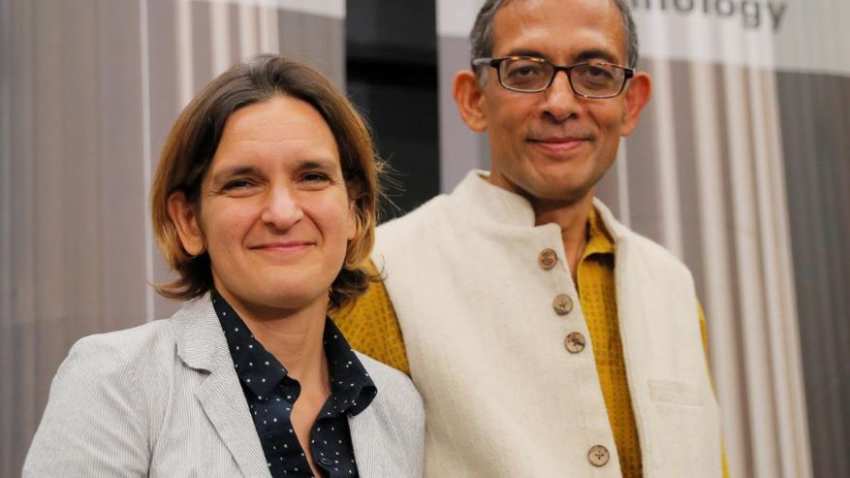Small Pieces Combined To Make Larger Objects Using Assembler Robots
Commercial aircrafts are manufactured in sections these days, often in different locations, only to be assembled subsequently. Often, for instance, the wings are developed in one plant at one location, the fuselage in a different plant at another location, while the tail components being developed at some other location altogether. All these parts are them ferried to a final assembly unit at some other location, where they are put together to give the shape of the entire aircraft.
However, even this modern technique of aircraft manufacture is on the verge of changing, with a new concept being introduced. This new concept of aircraft building will see an entire aircraft being built from a wide range of tiny identical pieces, all assembled by a group of tiny robots.
This new concept is what Benjamin Jenett, a graduate has been working on for his doctoral thesis, with the guidance of his senior, Professor Neil Gershenfeld of Centre for Bits and Atoms (CBA) of Massachusetts Institute of Technology. They have now been successful to come up with the prototype version of these small robots, which are capable of assembling small structures and working together in a team for constructing larger assemblies.
The team of robots mainly consists of two classes – the mobile robots and assembler robots. While the mobile robots come up with state of the art precision-guided navigation system for keeping the track of their location, the assembler robots are equipped with a technology, which can track their location in respect of those small subunits, which are called voxels. These assemblers readjust their location after sensing their position in relation to other specific components, which are standing at different locations at that given point in time.
Though the system is now being considered for the aircraft industry, it could very well be used for constructing huge buildings and other complex structures in the future, more so in inhospitable conditions, like ones that could be faced in space or Moon and other planets.



